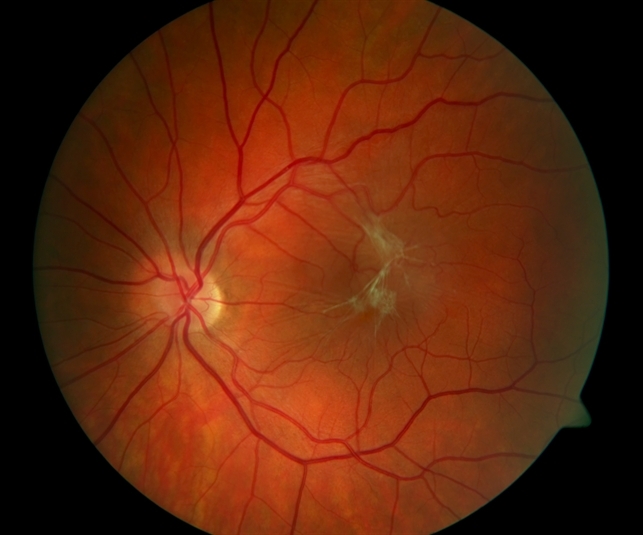Epiretinal membrane is a thin layer of tissue which is exceptionally sensitive when it comes to focusing on images. It is responsible for sending information to the brain so that you can identify what is in front of you, whether it’s a person or an object.
In order to understand this condition, you also need to understand what a macula is. This is found in the centre of the retina and is used when you read and helps identify shapes. Scar tissue can form over the macula which then distorts the epiretinal membrane. As a result the macula doesn’t work effectively, if at all.

There is good news about this condition and that is that it will not cause complete blindness. There is also no underlying cause for this condition, it is often a result of the vitreous pulling away from the retina and occurs mostly in adults over the age of fifty.
Epiretinal membrane is not a major problem, what it will do though is distort your vision, which is ore frustrating than anything else, but you are sure to not loose your eye sight completely.
The best solution to repairing the epiretinal membrane and the side effects associated with it is surgery. Surgery is performed by an experienced and qualified eye surgeon who has extensive experience conducting this type of surgery. It is usually carried out under local anaesthetic, though there are cases where general anaesthetic is used. It is carried out as an outpatient procedure, so you can go home for the night once you have recovered from the anaesthetic and the surgeon is happy with the outcome.
The surgery performed is called a vitrectomy and involves the surgeon holding your eye open with a clamp like instrument, which can be daunting if under local anaesthetic and are aware of what is going on. Remember you will feel no pain, though it may be uncomfortable as you will feel a pressure feeling in your eye.
The surgery has the surgeon cutting inside the eye to remove the vitreous sac, which is the jelly found on the retina. The surgeon will carefully pull the epiretinal membrane away from the eye, remove the jelly and replace it with a clear saline solution which is very similar in consistency to the jelly removed.
There will be stitches, maybe three stitches, but they are all dissolvable, so they will disappear on their own. Once the surgery is completed you will be placed in recovery and monitored closely before you are allowed to go home. It is advisable to have someone stay with you for a few days while you recover.
Ensure you follow the surgeons exact instructions on how to care for your eye, signs and symptoms to watch for and what medications to take to reduce any post operative sensitivity.
When you have bee diagnosed with epiretinal membrane problems, it’s advisable to find a reputable eye surgeon with extensive experience who can discuss your options with you and help you decide if surgery is the right choice for you moving forward.









